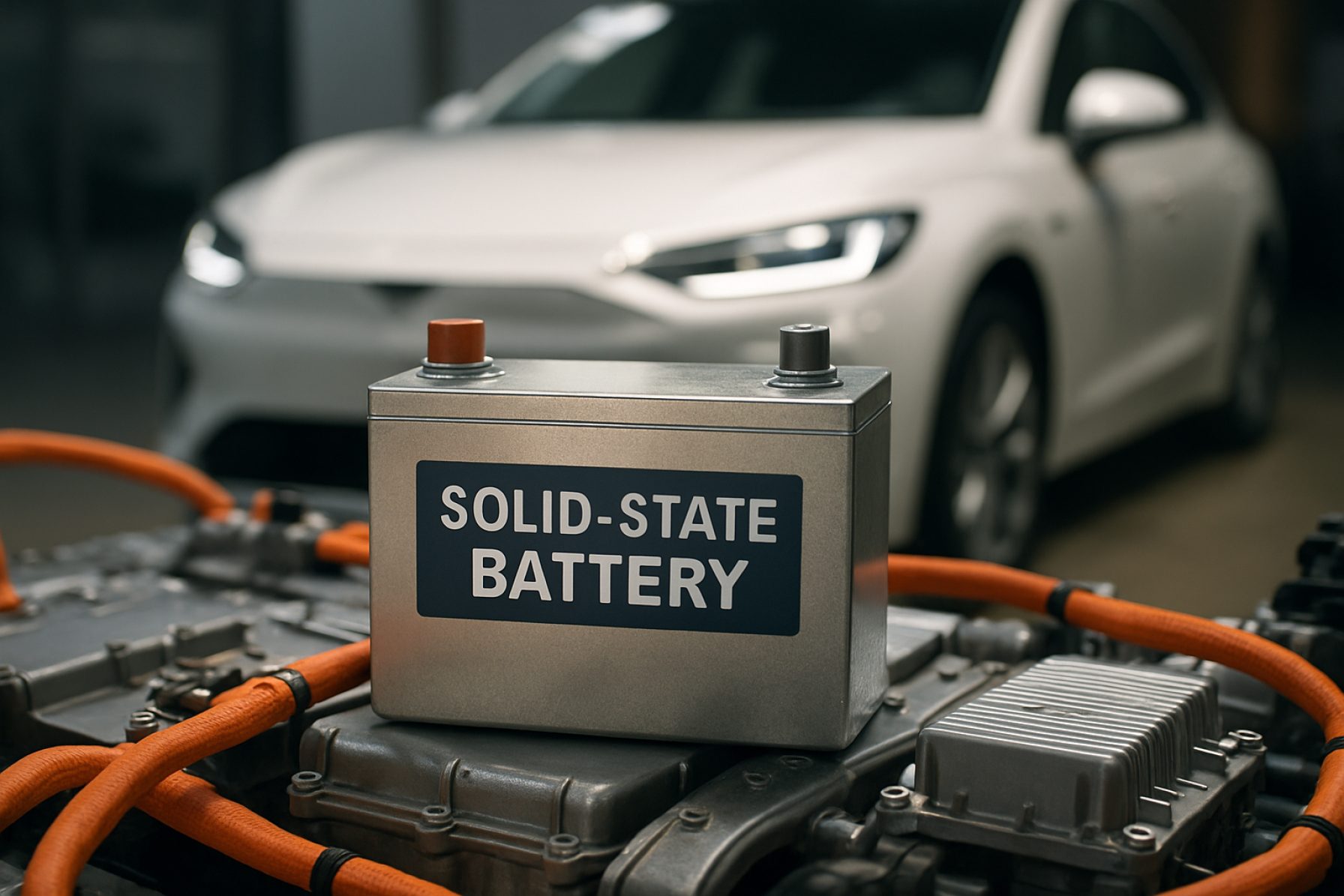AI-Powered Breakthrough Promises Safer, Longer-Range Electric Vehicles: The Solid-State Battery Race Heats Up for 2025
Researchers harness AI to speed up the discovery of solid-state battery materials, paving the way for safer, longer-range electric vehicles by 2025.
- Up to 50% More Range: Solid-state batteries could drastically extend the distance modern EVs can travel per charge.
- Fire Safety: Solid electrolytes promise much lower fire risks compared to conventional liquid batteries.
- Speedy Discovery: Machine learning can identify new materials thousands of times faster than traditional chemistry methods.
The future of electric vehicles is taking a giant leap forward, and artificial intelligence is in the driver’s seat. Researchers from Skoltech and the AIRI Institute have unveiled a game-changing approach that could finally make solid-state batteries, touted as the “holy grail” of EV tech, a reality for the mass market by 2025.
With giants like Toyota, Tesla, and Nissan racing to dominate this next chapter, automakers are eager to outpace the competition. Why? Solid-state batteries don’t just promise longer range — up to 50% more per charge — they also provide critical safety improvements by replacing flammable liquid electrolytes with advanced solid materials.
But creating the perfect solid-state battery has been tough. Until now, the search for the right protective electrolytes and coatings has been painfully slow and complex. Enter: AI-driven machine learning, which slashes years off the discovery pipeline and accelerates innovation at an unprecedented pace.
What Are Solid-State Batteries, and Why Do They Matter?
Conventional lithium-ion batteries use a liquid electrolyte, carrying ions between two electrodes. While effective, this design brings risks like leaks, overheating, and fires — all big concerns as EVs head mainstream. Solid-state batteries swap in a solid electrolyte, often ceramic, vastly cutting down safety hazards and unlocking possibly double the lifespan and range of today’s electric cars.
Researchers note that, despite the huge potential, no solid electrolyte meets every requirement yet. That’s why a faster way to find the perfect materials is the missing piece in the puzzle.
Q: How Does Machine Learning Turbocharge Battery Discovery?
The old way relied on painstaking, years-long lab work and complex quantum chemistry calculations. Now, by using advanced AI — specifically, graph neural networks — researchers can quickly sift through tens of thousands of compounds, zeroing in on those with high ionic mobility and critical stability in a fraction of the time.
In this groundbreaking study, the team used AI to screen materials protecting the promising Li10GeP2S12 solid-state electrolyte, highlighting new candidates like Li3AlF6 and Li2ZnCl4. These compounds can serve as protective coatings, keeping batteries stable and efficient even under harsh conditions.
Q: What’s Next for Solid-State Batteries in 2025 and Beyond?
With AI-backed research, we may soon see the world’s first mainstream electric cars powered by these game-changing batteries. EVs could travel hundreds of kilometers more per charge, charge faster, and offer unmatched safety — all thanks to the synergy of material science and machine learning.
As startups and automakers accelerate this technology, industry experts from organizations like IEA and Department of Energy see 2025 as a tipping point. The rapid adoption of AI tools means breakthroughs that once took a decade could arrive in just months.
How Can EV Developers Stay Ahead in the Solid-State Battery Race?
- Monitor emerging research and patents in solid-state materials.
- Invest in cutting-edge AI tools for accelerated screening and testing.
- Build partnerships with leading battery research institutes and tech giants.
- Focus on safety improvements and fast-charging capabilities to meet market demand.
Ready to ride the next wave of electric vehicle innovation? Stay tuned for more updates on breakthrough energy tech — and see the checklist below to keep ahead of the curve!
- Track solid-state battery news from credible sources (Nature, ScienceDirect).
- Watch for new partnerships between automakers and AI research labs.
- Test pilot technologies in safe, controlled pilot programs.
- Prioritize training on AI and machine learning for R&D teams.
- Engage with global regulators to ensure new batteries meet safety standards.











